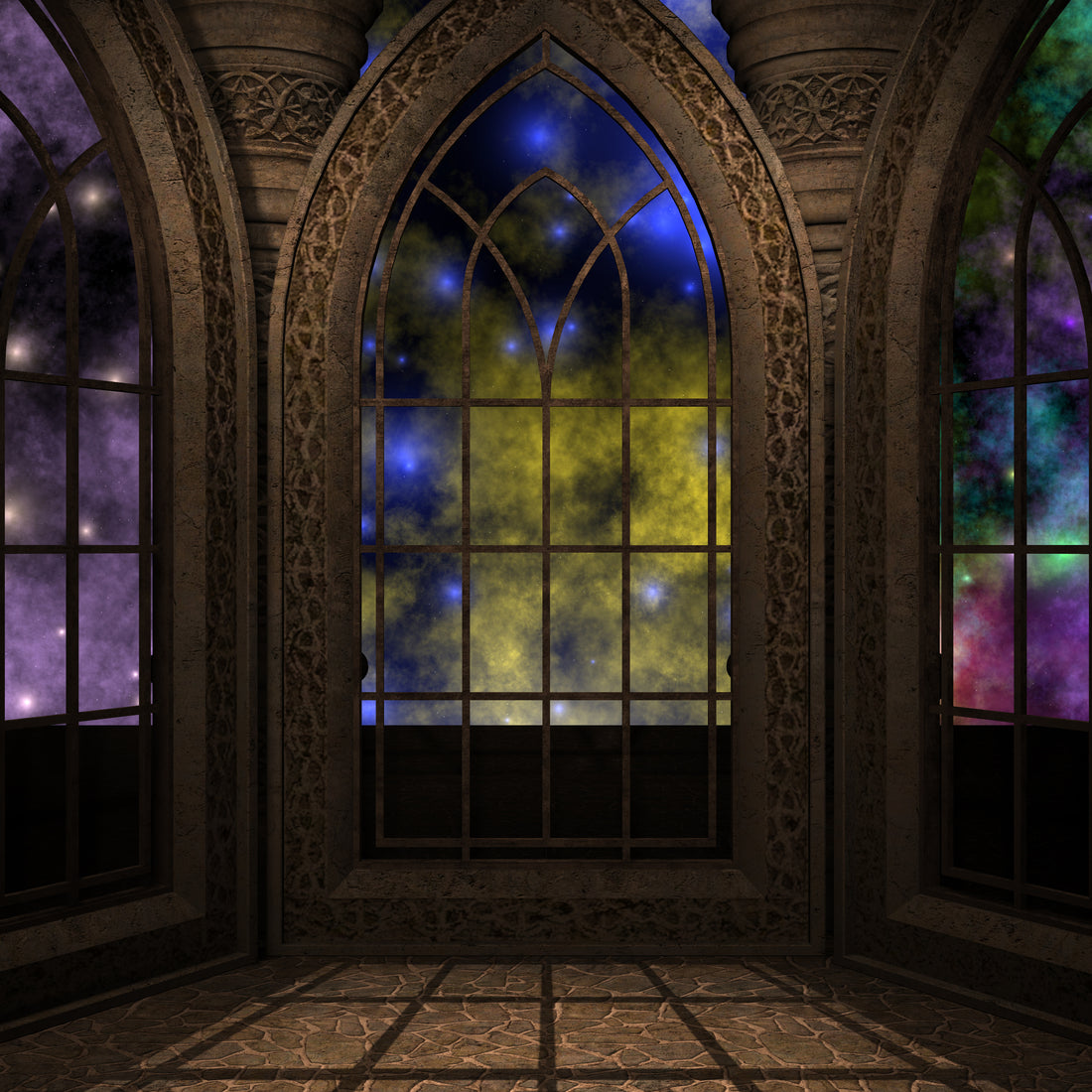In my last blog post I gave some advice about factors that are important with balancing combat encounters. The final factor I listed was the Environment. But corralling the environment of your DnD world into only using it during combat is a waste. The environment, or the setting, however you want to think of it, is an incredibly important part of your game. Here's how you can utilize the surroundings.
But first, here's a free item:

Environment and Story
Let's start with the big picture, and work our way in. When you're designing a DnD story, you have to approach it differently than an author writing a novel for two reasons. But before I explain those two reasons it's important to know the five elements of story: plot, characters, setting, conflict and resolution. Every story has these elements in some way or another. In my time in various writing classes and watching videos on how to write, it became clear to me that most of these elements are spawned from great characters. If your characters are great, then they will drive plot and conflict naturally, which tends to make a story feel realistic and interesting. Do you see the catch when it comes to DnD? You don't write the main characters in your own story. The players are the characters. So the first way in which you must alter your approach is this: the characters most important to the story are not the main characters. The second way is this: because you don't control the decisions of your main characters, the elements of your story which you can control become more important. And for today, we're going to be talking about setting/environment. All that to say, your setting is very important to your story. If you're reading this with a cocky grin because you've realized I've left out elements like tone and theme, you're right; but I am from the school of thought that believes that tone and theme emerge from a story, not the other way around. Especially when you have no control over the decisions of your main characters. So, we've established the importance of setting, but how do you use it?
Using Setting in Story
The first question you have to answer is: will my setting be neutral? The second question to answer: does my setting play an active or passive role? Let's look at the first question first. A neutral setting can be used, affected and lived in by players, NPCs, enemies, friends, monsters, demons, fae, any manner of creature, equally. It is not inherently difficult for your players to live in. That doesn't mean that there aren't setting-based conflicts (i.e. wars over territories, various races hating various other races, difficult forms of terrain, etc.), it just means the area is livable by all. Let's look at examples. A neutral setting is the Sword Coast, it is relatively easy to live there. A non-neutral setting is Ravenloft, where it is difficult to live. This may also change from place to place within a larger world. Rohan is a very neutral setting, but Mordor is not. Now to the second question. An active setting is one that has a way of acting of its own accord. All environments should change when they are acted upon (if the players light a forest fire, the forest should burn down), but in fantasy, settings often have some kind of will. This may or may not tie in to the neutrality of the setting. For instance, much of Hogwarts makes it an active setting: the talking portraits, the ghosts, the moving staircases, the Room of Requirement; but Hogwarts remains a relatively neutral setting, because all characters can use these traits differently. A non-neutral active setting is the Fae from The Name of the Wind, which is both very difficult for humans to live in, and has a will of its own. Using these factors, neutral and active, you can determine the role that your setting will play in your story, and then go on to shape what it looks like. If you want to make a survival-horror game, your setting should be drastically different than if you're making a high fantasy, which would be drastically different than if you were making a noire mystery adventure.
Setting in the Moment
Remember how I said I though tone and theme sprung from story not the other way around? Well that's only partially true. Tone comes from a number of things, not least of which are your characters, but because you don't have control over them setting ends up being one of the main indicators of what kind of tone your players will be dealing with. A description of surroundings, which is often all your players get when entering a new town, beginning an adventure or examining a room in a dungeon, will set the tone for them.
A wrought iron gate says something completely different from a picket fence.
Of course setting portrays more than just tone, it also shows the players point of interest, physical things they should worry about, and red herrings. In any given moment, in combat or out, a description of what the players can see is incredibly important, and it gives you, the DM, the opportunity to both lead PCs in the right direction and the wrong one. In general, you should have more clues that lead to the true destination than the false one, but following a roadmap isn't fun, which is why tricks and red herrings are important. Players walk into a room and see a huge chandelier, two doors and a rug that seems to have been recently disturbed. It is safe to assume that the players will check under the rug before moving on, but does that rug cover a trapdoor? A vault? or is it a trap that causes the chandelier to fall on top of them? Better yet, is there nothing under this rug but every room in the dungeon has a rug, and as the players go the rugs get bigger and bigger until the final room where the players must defeat a giant evil rug? In that last scenario, in a practical sense, the rug and chandelier have not actual purpose other than color. You can fight a giant rug regardless of if there are rugs in other rooms. But it adds interest to the environment, it makes the players ask questions and then forces them to answer their own questions. Why was this rug recently disturbed? Is this a trap, or will I be rewarded? Why was the rug disturbed if there was nothing underneath it and no trap? And where did all of these questions, all of these motivations to find out more, come from? The setting. If your players are walking into empty rooms made of wood and stone, there should be a reason why the rooms are empty.
This was a bit of a rant, so thank you for reading all the way to the end. The most important thing is to be mindful of where you're dropping your players. Like anything about DMing it is not always an easy task, and no one is asking you to think up the most amazing, unique world ever. But keep in mind setting/environment is often the thing that your players see and interact with the most. Add a little spice and color to those lush forests, stone rooms and quaint towns. And as always, feel free to reach out to us for any reason.


